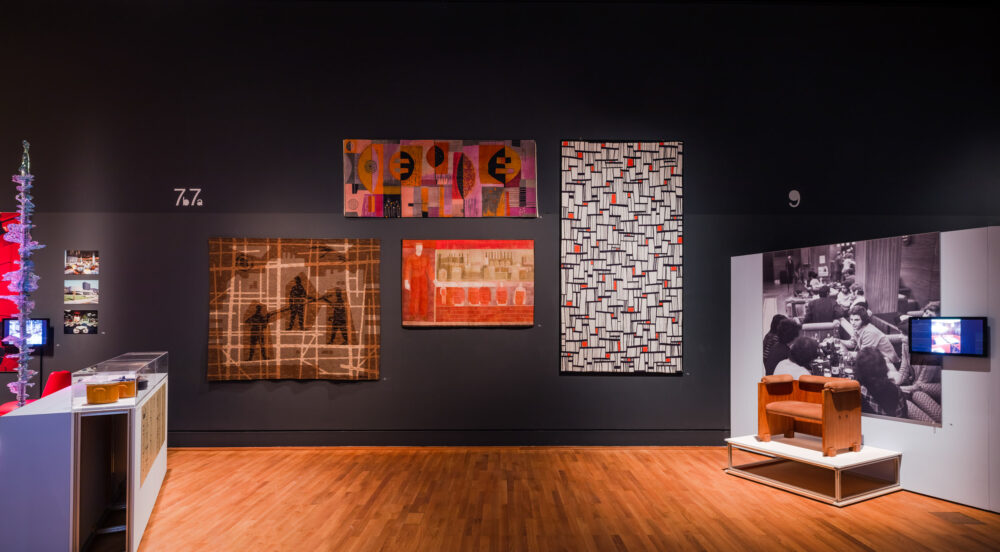Subdivided and shared. Living with spatial partitions
Spatial partitions are an emblematic phenomena of the Hungarian People’s Republic of the 1960s. The regime had prohibited every form of community organizing. The building of communities could only occur under the control of state authorities. As a result, society gradually began to atomize, with its members having learned that standing up together was not worthwhile, and that everything outside the private sphere belonged solely to the sphere of state jurisdiction.
With the establishment of the Iron Curtain, free movement to the West was closed off. The governing party carved the fabric of society into disparate realities, reflected in the concrete housing blocks that marred the cityscape. Mass construction of housing estates took place primarily in the capital and the larger industrial cities. Guaranteed housing produced a feeling of satisfaction for a large part of society. One of the most talented opposition poets of the era, György Petri, with characteristic irony, called the housing estate a ‘ten-storey launch-funicular, and workforce rocket-launcher’. The idealistic vision was for housing estates to eliminate social differences, and for an identical standard of living to be ensured to all citizens.
The theory, however, did not work very well in practice. The housing estates increasingly atomized the lives of their inhabitants. This cutting off of horizons was so successful that people began to put up walls and build fences around their own private realities. In the Hungary of the 1960s, the curtain became an emblematic element. From the late 1950s to early 60s, spatial partitions multiplied like mushrooms in both private and public spaces. Designating borders, the wall motif became a typical element of the visual world. The patterns of claustrophobia appeared not only in the spatial partitions but were also there in two-dimensional artworks. In the textile works presented here, some sort of spatial division can be found, be it as walls, grilles, or separated realities. In the majority of them, a palette of dark tones dominates. Our research has unequivocally shown how the era’s social politics made a clear impact on the design of various public and private living spaces. It was not only the central authorities that projected the claustrophobia of the 1960s onto these spaces: such conceptual walls were also reproduced by members of society through the choice of spatial partitions and certain household textiles. Obviously not immune to the influence of 1968’s ‘Prague Spring’ and Paris student rebellions, the grid structure of two-dimensional imagery began to relax, and organic forms along with a brighter colour palette began to appear.
